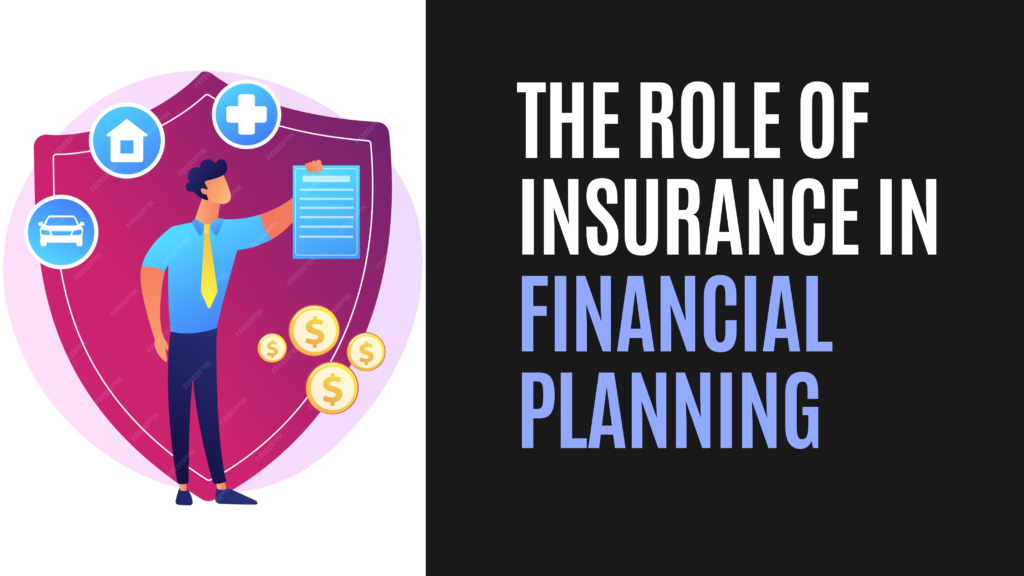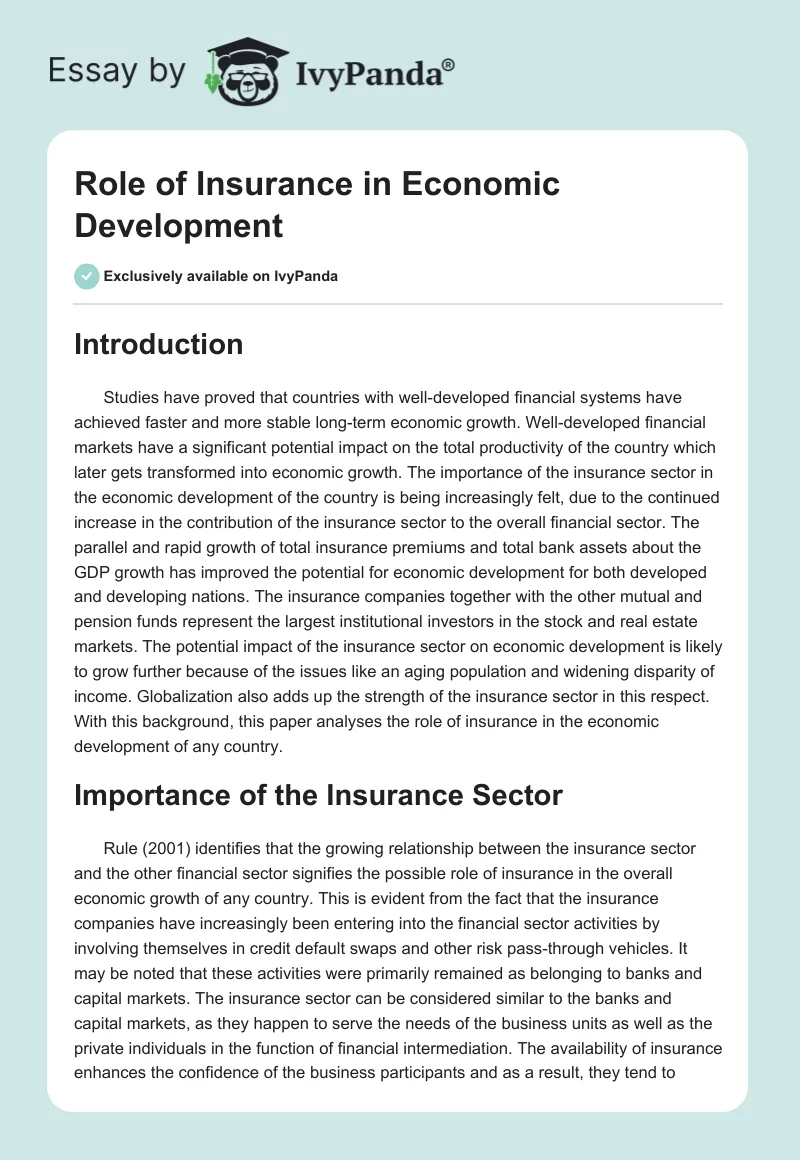What Does Pacific Prime Do?
What Does Pacific Prime Do?
Blog Article
Top Guidelines Of Pacific Prime
Table of Contents6 Easy Facts About Pacific Prime ShownWhat Does Pacific Prime Mean?The Ultimate Guide To Pacific Prime5 Simple Techniques For Pacific Prime
In most states, the insurer is called for to send you a copy of the adjustments to your policy. It is essential that you read Endorsements or Motorcyclists so you comprehend just how your plan has altered and if the plan is still ample to meet your needs. To acquire a duplicate of your insurance plan, please call your insurance coverage representative or business.
The Institute of Medicine (IOM) Board on the Consequences of Uninsurance launches an extensive evaluation of proof that addresses the relevance of wellness insurance policy protection with the publication of this record. Insurance coverage Issues is the initial in a series of 6 reports that will be issued over the following two years recording the reality and effects of having an approximated 40 million individuals in the USA without wellness insurance policy coverage.

The Only Guide to Pacific Prime
The goal of this collection of research studies is to refocus plan focus on a historical problem. Following the longest financial growth in American background, in 1999, an approximated one out of every 6 Americans32 million adults under the age of 65 and greater than 10 million childrenremains uninsured (Mills, 2000).

10 percent of the population accounts for 70 percent of health care expenses, a connection that has stayed continuous over the past 3 years (Berk and Monheit, 2001) - international travel insurance. Therefore medical insurance continues to serve the function of spreading out threat also as it significantly funds regular care. From the point of view of health treatment providers, insurance carried by their clients aids safeguard a revenue stream, and communities profit from economically sensible and stable health care practitioners and organizations
Federal government supplies medical insurance to populations whom the private market might not serve effectively, such as handicapped and senior individuals, and populations whose accessibility to healthcare is socially valued, such as children and pregnant females. The utmost ends of wellness insurance coverage for the private and communities, consisting of workplace neighborhoods of employees and companies, are enhanced wellness results and lifestyle.
Excitement About Pacific Prime
Workers place medical insurance first by far in importance among all the advantages offered in the work environment (Salisbury, 2001). Although there have been sizable financial investments of personal and public funds to provide medical insurance, many individuals still have no protection. In spite of substantial coverage of survey searchings for and healthcare study results, the public continues to be confused and mistaken regarding Americans without health and wellness insurance policy and the implications of lacking protection.
Without inquiry, the intricacy of American health treatment financing devices and the riches of sources of information include to the general public's complication and apprehension concerning visit homepage wellness insurance coverage stats and their analysis. This report and those that will follow goal to distill and offer in readily understandable terms the comprehensive research study that births on inquiries of health and wellness insurance policy protection and its relevance.
Fifty-seven percent of Americans surveyed in 1999 thought that those without medical insurance are "able to get the care they require from medical professionals and medical facilities" (Blendon et al., 1999, p. 207). In 1993, when national attention was focused on the troubles of the without insurance and on pending healthcare regulations, simply 43 percent of those questioned held this belief (Blendon et al., 1999).

They also get less preventative services and are much less likely to have regular look after persistent conditions such as high blood pressure and diabetes. Persistent diseases can lead to pricey and disabling problems if they are not well managed (Lurie et al., 1984; Lurie et al., 1986; Ayanian et al., 2000). One nationwide study asked even more than 3,400 adults about 15 very severe or morbid problems.
The 15-Second Trick For Pacific Prime
Added evidence exists later on in this phase in the conversation of insurance policy and accessibility to healthcare. http://dugoutmugs01.unblog.fr/2024/04/02/pacific-prime-your-partner-for-comprehensive-insurance-solutions/. Individuals without medical insurance are young and healthy and balanced and select to do without protection. Practically fifty percent (43 percent) of those surveyed in 2000 thought that individuals without medical insurance are most likely to have wellness issues than individuals with insurance policy
Voters and policy makers in focus group discussions define those without insurance policy as youngsters that have the opportunity to be covered and feel they do not require it (Porter Novelli, 2001). Compared to those with at the very least some personal coverage, the uninsured are less likely to report being in excellent or very good health (Firm for Healthcare Research Study and High Quality, 2001).
SOURCE: Center for Cost and Funding Researches, Company for Health Care Research and High quality, based on MEPS data. Young person in between 19 and 34 are much more likely to lack medical insurance than any type of other age. This is mainly because they are less usually eligible for employment-based insurance as a result of the nature of their job or their short tenure in it.
The assumption that people without insurance coverage have better-than-average wellness follows from confusing the relatively young age account of the without insurance with the better health, typically, of more youthful persons. This obscures the web link between health status and health and wellness insurance policy. For those without accessibility to work environment medical insurance, poor health and wellness is a possible obstacle to purchasing nongroup insurance coverage since such coverage may be very priced, exclude preexisting problems, or be simply inaccessible.
Report this page